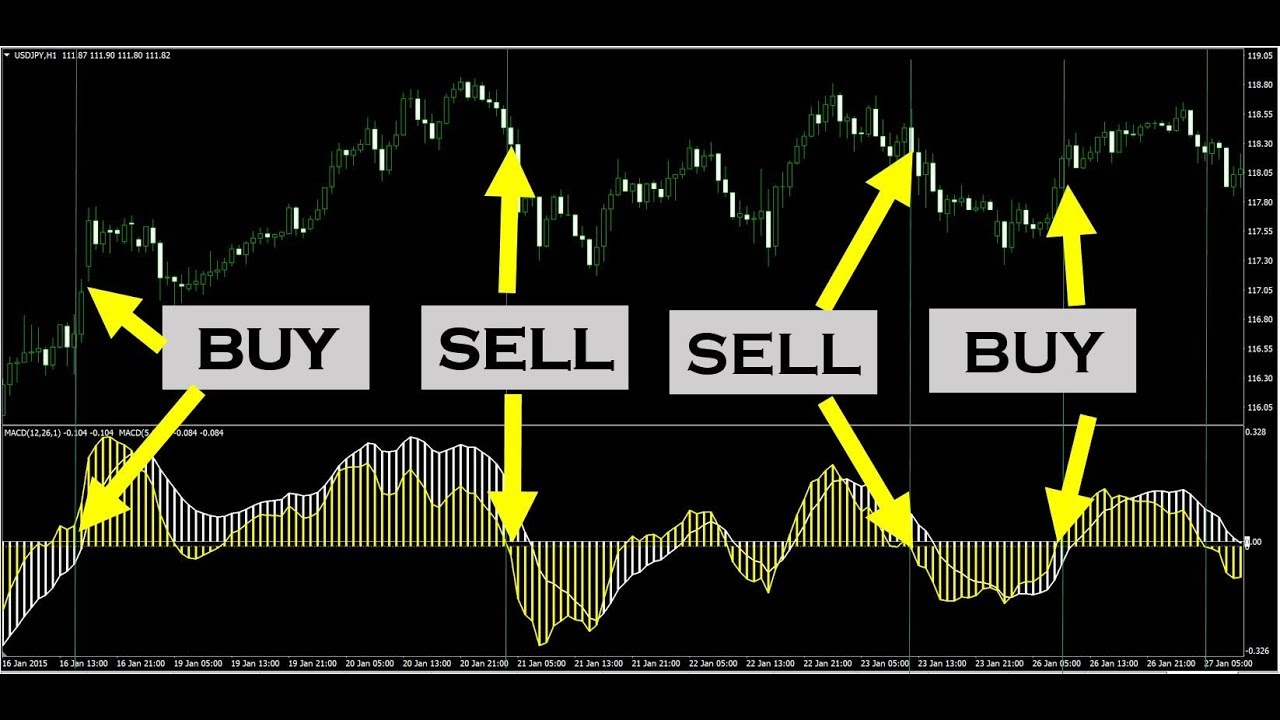

Developed by Gerald Appel in the late seventies, the Moving Average Convergence/Divergence oscillator (MACD) is one of the simplest and most effective momentum indicators available. While you don't need to understand the math that underlies the calculation of the MACD trend-lines, by understanding more about how the MACD indicator works, you'll be better positioned to avoid getting fooled by its false signals or lack of signals, such as when the price turns but the MACD doesn't provide any warning.
Indicators are crucial for the on chart analysis of currencies. One of the most popular tools for technical analysis in Forex is the MACD indicator. This is so due to the success. The MACD is one of the most used Forex indicators for technical analysis. The indicator consists of two lines on an area and a histogram. The MACD indicator trading strategy involves making trading decisions based on signals that come from the indicator. The indicator is helpful in recognizing potential price increases and decreases. Traders use the MACD indicator Forex tool to support their Forex strategy and to open trades based on signals.
There are two lines and a histogram. Let’s now discuss each of these separately: The MACD line is the faster line on the indicator. Since it reacts faster it and is more sensitive, it generally moves above and below the second line of the indicator. The MACD signal line is the second line of the MACD indicator. It is called a signal line because it generates the basic MACD signals. Since the line is slower, it gets frequently breached by the faster MACD line. The MACD histogram simply represents the difference between the MACD line and the signal line. The bigger the gap between the lines, the higher the bars that the MACD histogram will display.
Because there are two moving averages with different “speeds”, the faster one will obviously be quicker to react to price movement than the slower one. When a new trend occurs, the fast line will react first and eventually cross the slower line. When this “crossover” occurs, and the fast line starts to “diverge” or move away from the slower line, it often indicates that a new trend has formed. Notice that when the lines crossed, the histogram temporarily disappears. This is because the difference between the lines at the time of the cross is 0. As the downtrend begins and the fast line diverges away from the slow line, the histogram gets bigger, which is a good indication of a strong trend.
There are multiple ways to use a moving average as part of a forex trading strategy. Moving average trading indicators can be used on their own, or as envelopes, ribbons, or convergence-divergence strategies (to name some examples). Before using any of these indicators or strategies, adjust the settings to verify that the strategies provide favorable results on the forex pairs and time frames you trade. Moving averages are lagging indicators, which means they don't predict where price is going, they are only providing data on where the price has been. Moving averages, and the associated strategies tend to work best in strongly trending markets.
To receive new articles instantly Subscribe to updates.